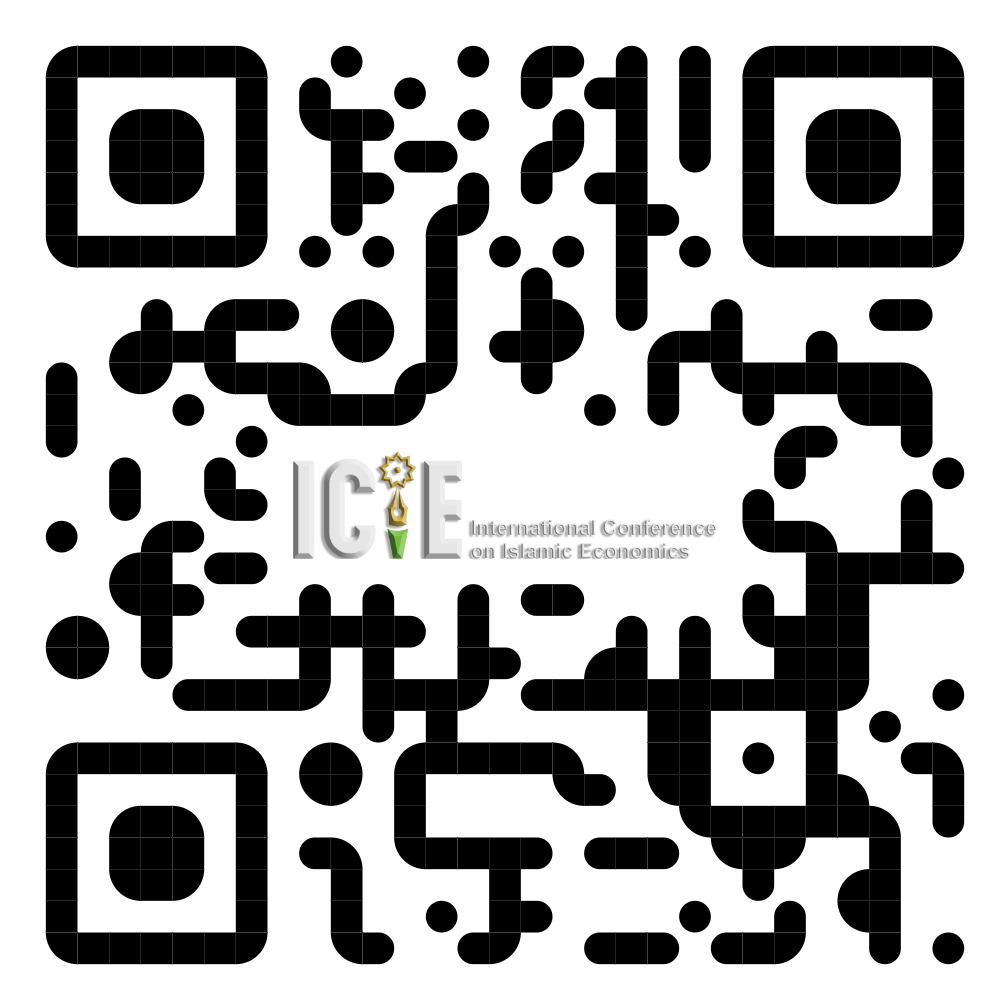Net Profit Margin: Impact of Net Working Capital (NWC) and Debt to Asset Ratio (DAR)
Keywords:
Debt to Asset Ratio (DAR), Net Working Capital (NWC), Net Profit Margin (NPM)Abstract
This study aims to analyse the influence of Net Working Capital (NWC) and debt-to-asset ratio (DAR) on Net Profit Margin (NPM). This study uses a descriptive method with a quantitative approach. The source of research data used by the author is secondary data. The data was obtained from the Indonesia Index Exchange (IDX) through annual financial or quarterly reports (annual reports) of the Metals and Minerals Sub-Sector for the 2013-2022 Period. In this study, the data analysis techniques used to test the hypothesis are quantitative analysis, simple linear regression analysis, multiple linear regression analysis, Pearson product-moment correlation analysis, determination coefficient and Ujit (Partial) significance test. The study results show that the Net Working Capital (NWC) does not significantly influence Net Profit Margin (NPM). Debt to Asset Ratio (DAR) does not negatively affect the Net Profit Margin (NPM). Simultaneously, Net Working Capital (NWC) and Debt to Asset Ratio (DAR) affect Net Profit Margin (NPM). Searcher uses documentation, literature, and browsing data collection techniques.




